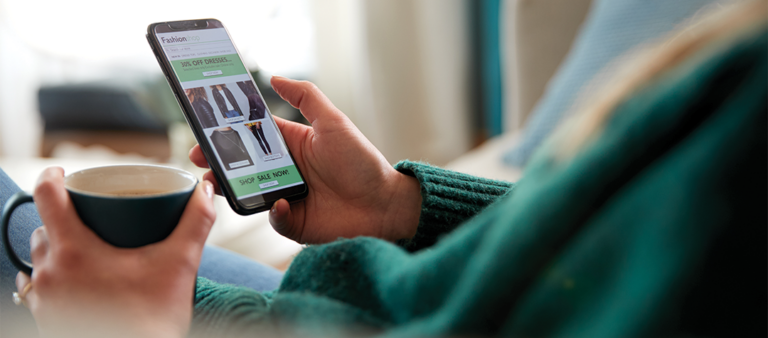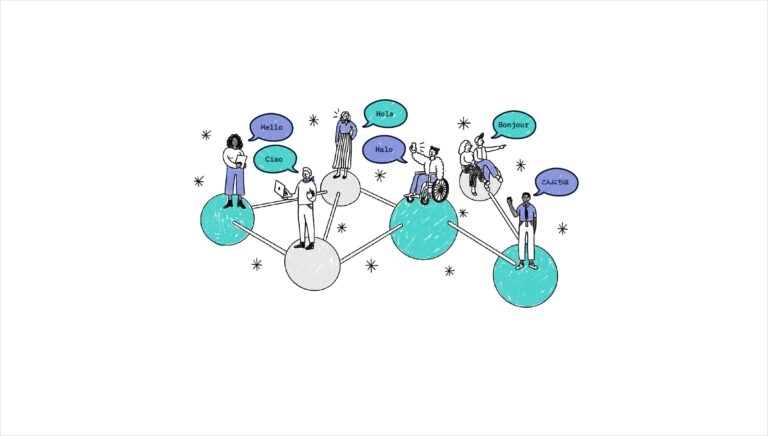Climate change is one of the most pressing challenges we’re all facing today, and the call for more sustainable business practices has emerged as a critical need in digital advertising. We all have a responsibility on both a personal and business level to address the climate emergency.
Driving sustainable change has rapidly become a necessity for business growth, too. Consumers demand accountability from brands, and they vote with their dollars. Brands must hold themselves, as well as their vendors and partners, accountable for driving real change. We’re now seeing this play out—even over the last year, an increasing number of requests for proposals (RFPs) ask for information around sustainability practices.
Many companies and organisations are working to guide the industry to reduce its carbon footprint. I spoke with leaders from a few of these organisations, Ad Net Zero, Scope3, and IAB Tech Lab, about the practical steps companies can take today to accelerate sustainability in advertising for their business and the overall ecosystem.
How to act today to initiate sustainability in advertising
1. Understand your baseline
To start on the path to net zero, John Osborn, US director of Ad Net Zero, recommends first understanding your company’s current carbon footprint, particularly in areas that drive high emissions like travel, production, digital media, and events.
There are companies and tools available today to help in these calculations. For example, the AdGreen carbon calculator helps measure emissions related to ad production throughout the whole lifecycle of producing a particular ad campaign.
Compiling this data and understanding your current state then provides a baseline from which you can begin to reduce emissions in your operations.
2. Invest in green media
Building a sustainable, efficient, and ethical advertising ecosystem starts with cutting waste and reducing unnecessary steps in the programmatic supply chain. Investing in green media is a powerful way to start, says Brian O’Kelley, co-founder and CEO of Scope3.
“That’s a really powerful way for the industry to move forward, is to go from once in a while we’ll buy green, to buying green by default.”
Brian O’Kelley
co-founder and CEO of Scope3
Buying from green media sources helps eliminate inefficient supply, such as made-for-advertising inventory or sites with thousands of programmatic partners, to make the most of media investments and reduce the emissions required to deliver an ad. Powered by Scope3, our Green Inventory Packages are an easy and quick way to invest in carbon-neutral media and make progress toward your net zero commitments.
3. Initiate more efficient and sustainable supply paths
Complex supply chains are one of the primary drivers of programmatic emissions, and a key area of focus for the IAB Tech Lab. Tony Katsur, CEO of IAB Tech Lab, recommends following a few best practices for more sustainable supply paths.
Leveraging the Global Placement ID (GPID) and SupplyChain object can help you audit existing supply paths, understand how many times impressions are processed, and find efficiencies. While originally developed as anti-fraud measures, adhering to standards like ads.txt and sellers.json can also help you manage a more efficient supply chain.
“There are legitimate business reasons to have multiple supply paths…it’s really about finding the optimal yield from a performance and from a revenue perspective, the yield-to-supply path ratio. We’ve seen an impression go through north of 15 hops. That’s not efficient.”
Tony Katsur
CEO of IAB Tech Lab
4. Adopt OpenRTB 2.6 for streaming TV advertising
Adopting OpenRTB 2.6, another industry standard released by the IAB Tech Lab, also brings sustainability benefits. OpenRTB 2.6 introduces new ad podding features that bring more efficiency to programmatic transactions in streaming TV, ultimately driving down the carbon footprint.
In fact, a study we conducted in partnership with Publica, The Trade Desk, and Scope3 uncovered an 84% drop in ad selection carbon emissions after adopting OpenRTB 2.6 in streaming TV.
This study demonstrates the value OpenRTB 2.6 brings to the industry. To fully realise the sustainability benefits, we need everyone across the industry to adopt OpenRTB 2.6 and support ad podding.
5. Collaborate across the industry
Programmatic is a complex industry, which means the only way to accelerate sustainable change and achieve true net zero is through collective action and collaboration. After all, the climate emergency affects each of us.
“If we get everybody talking and sharing best practices and making those first steps, we can learn from those first steps and we can accelerate the momentum towards achieving true net zero.”
John Osborn
US director of Ad Net Zero
We recognise this at Index and work closely with industry organisations to be a part of the solution in establishing consistent standards and measurement to ultimately drive change. We’re all on this journey. By coming together to learn from each other, iterate, and act, we can move the entire industry forward.
Measuring and monitoring progress
As the adage goes, you can’t manage what you can’t measure. IAB Tech Lab is working with others including the IAB, GARM, Ad Net Zero, IMPACT+, Good-Loop, and Scope3 to develop a baseline set of measurements that the industry can use to measure how green advertising supply chains are.
However, as the urgency to reduce the industry’s carbon footprint grows, progress over perfection is key. Every company can identify opportunities today to improve efficiency and reduce emissions so we can start taking the first steps forward.
Most importantly, impactful progress must be responsive to your business. “The point of business is to grow, to build excellent products, to delight our customers, and to do it as sustainably as possible, said O’Kelley.
The path to a sustainable future
The urgency to address the climate emergency is greater than ever, and the industry needs to move faster. As Osborn said, citing recent extreme weather events, “We’re on the clock here. We need to move forward.”
The responsibility to improve sustainability in advertising rests on the shoulders of every player within the ecosystem. By taking immediate actions to reduce inefficiencies, adopt the latest industry standards, and foster collaboration, we can all contribute to a greener and more sustainable future.
Learn more about sustainability at Index and our commitment to investing in a sustainable and climate-conscious future.
Back to blog



